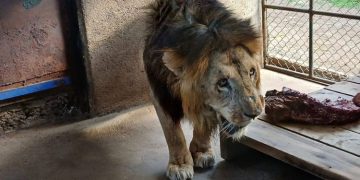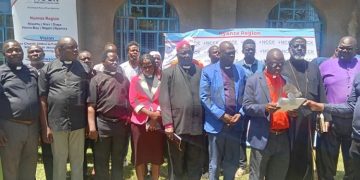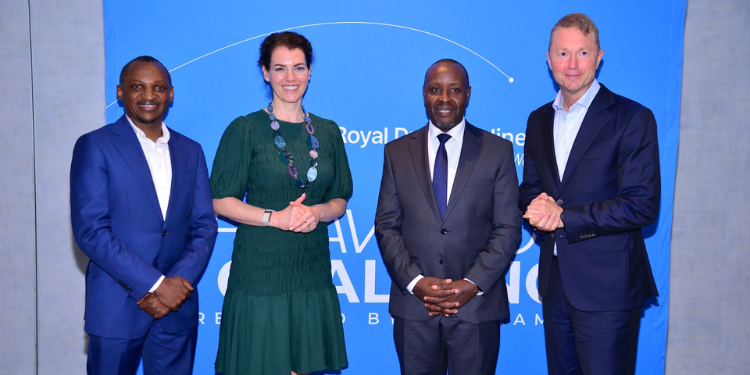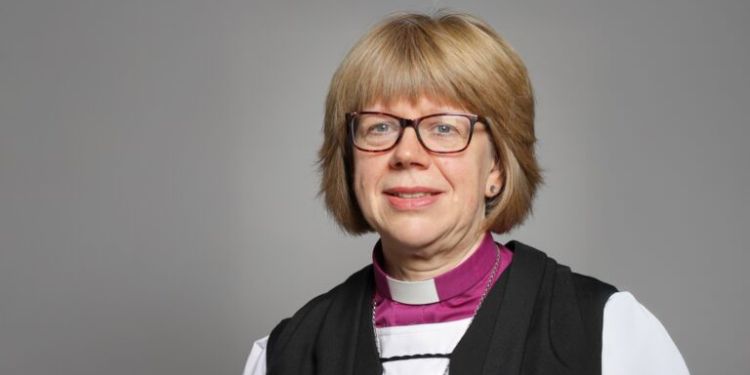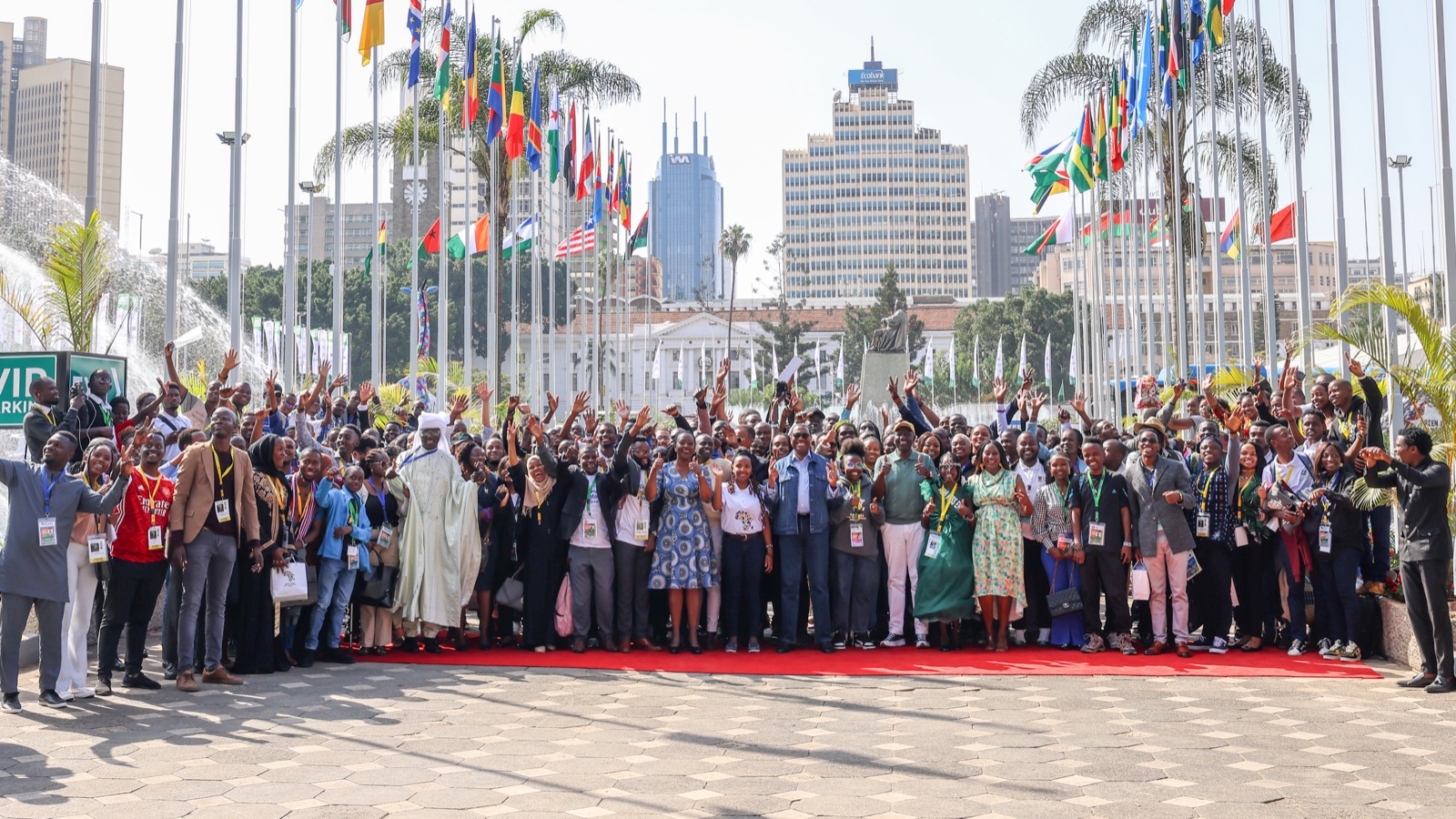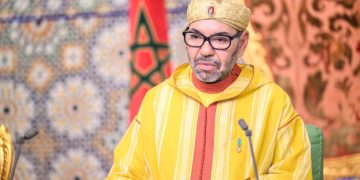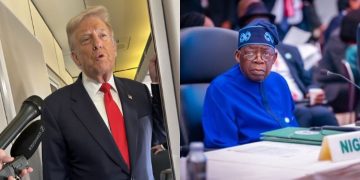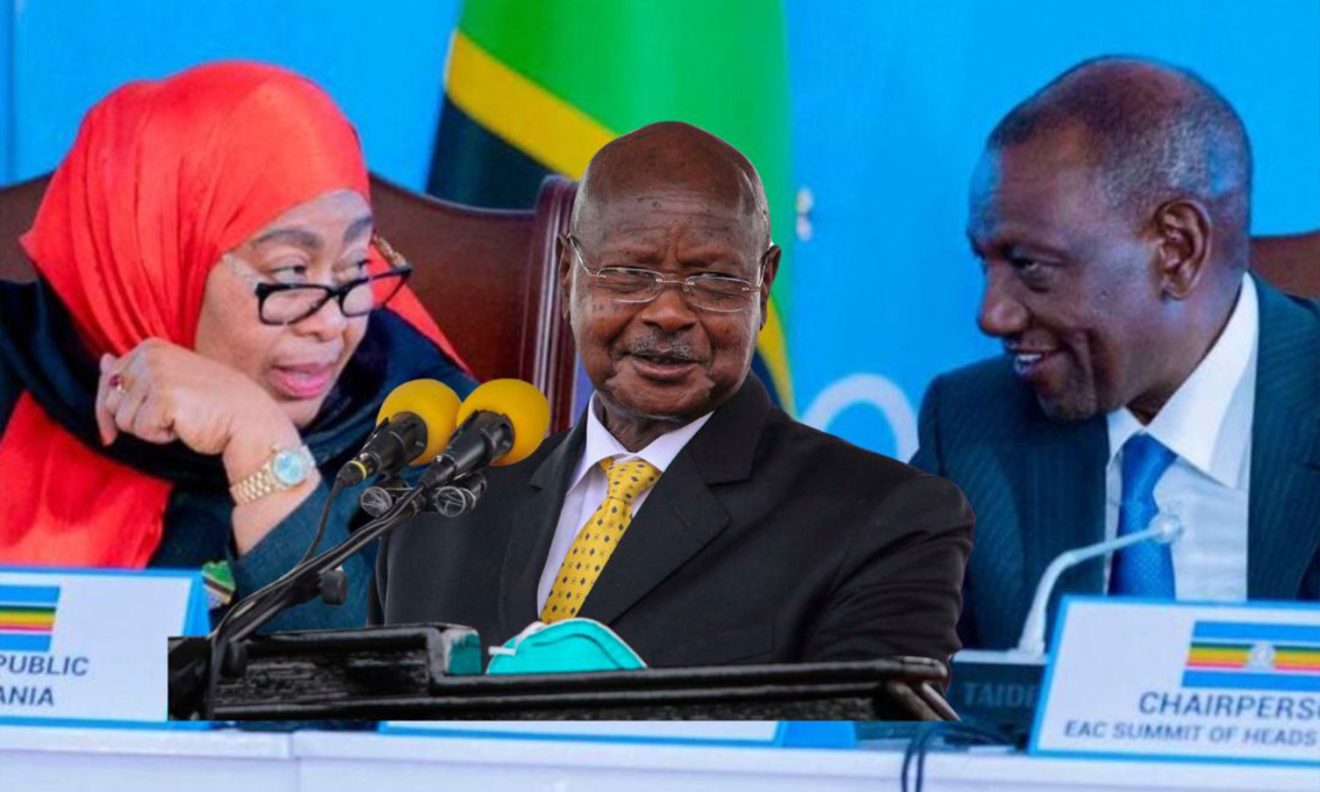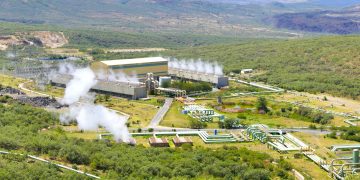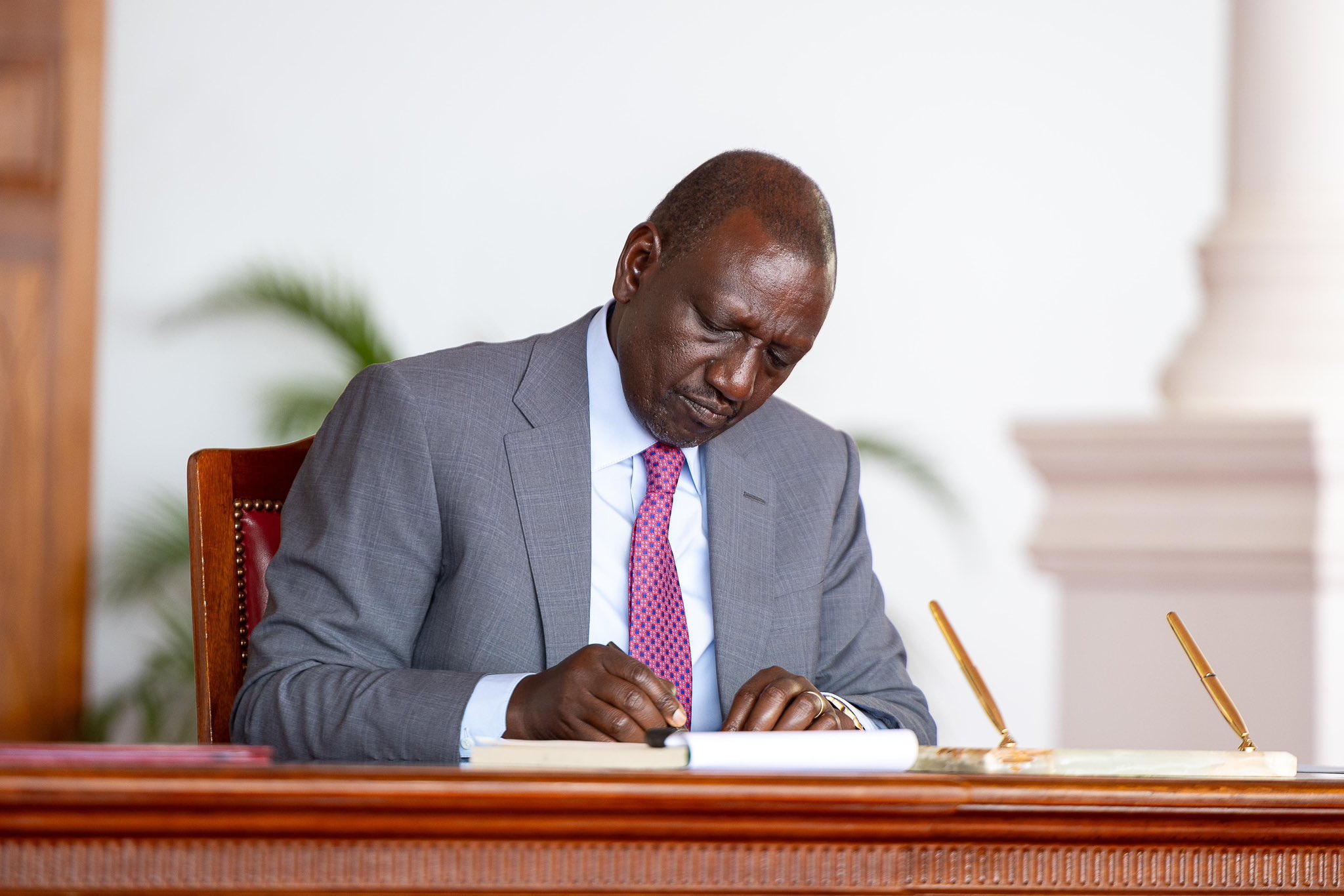After the 2005 referendum, in which Raila Odinga’s team defeated President Mwai Kibaki’s team with a landslide, divisions emerged over ownership of the Orange Democratic Movement(ODM) Party, which was formed after the referendum.
The main contention in the 2005 Kenyan constitutional referendum revolved around the extent of presidential powers and the system of government outlined in the proposed “Wako Draft” constitution.
The “No” (Orange) campaign, led by Raila Odinga and other dissatisfied members of President Kibaki’s ruling coalition, argued that the proposed draft did not go far enough in curbing the president’s excess powers, which had been a key demand during the initial constitutional review process.
They preferred an earlier version, the “Bomas Draft”, which proposed a hybrid system with a less powerful president as Head of State and an executive Prime Minister as Head of Government, responsible to Parliament.
Odinga’s side, which was the NO side with the orange symbol, included then Eldoret North MP William Ruto, KANU Chairman Uhuru Kenyatta (also the opposition leader), and Mvita MP Najib Balala. Together, they defeated the “Yes” campaign, which had a banana symbol and was supported by President Mwai Kibaki, by a margin of 1,000,410 votes.
How Raila Fought to Have the ODM Party Certificate
Kibaki’s side included Moody Awori, Vice President at the time and Minister for Home Affairs, Amos Wako, the Attorney General, whose office had prepared the controversial “Wako Draft” that was put to the referendum, George Saitoti, who was the Minister of Education, and Simeon Nyachae, the Energy Minister.
The NO side garnered 3,579,241 (58.12%) votes while the Yes side garnered 2,578,831 (41.88%) votes.
Following the referendum, divisions between Odinga and his allies over the ownership of the party began almost immediately. These disagreements intensified over the following two years, and by mid-2007, the split became formal, culminating in August 2007.
The main issue was which faction would secure the party’s presidential nomination for the upcoming December 2007 general election, specifically the rivalry between Raila Odinga and Kalonzo Musyoka.
Also Read: When Raila Odinga Tried to Flee Kenya Through the US Embassy Disguised as an Old Woman
This led to the emergence of “two certificates,” which arose because a lawyer named Mugambi Imanyara who had pre-emptively registered the name “Orange Democratic Movement” (ODM) as a political party shortly after the successful 2005 “No” campaign, recognizing the movement’s popularity.
The main “Orange” leaders, including Odinga, Musyoka, and Uhuru Kenyatta, initially had to form a different entity called the Orange Democratic Movement-Kenya (ODM-Kenya) because the original ODM name was unavailable, as the lawyer had initially declined to relinquish the ODM party registration.
“I knew for sure that the orange democratic movement, or the Orange, the Orange symbol, or the Orange sign of the constitutional contest, was going to transform itself into a political movement. And I took the initiative to register a party called the Orange Democratic Movement.
That party is a political party led by Raila Omolo Odinga. But then at that time when I registered the party, Odinga and his group actually fought very hard for me to relinquish the party to them,” said Imanyara.
Imanyara Agrees to Handover Party to Raila Odinga
Odinga and his allies having seen that the lawyer was reluctant to give them the party, AG Amos Wako got in touch with the lawyer and advised him to heed to Odinga’s request but the lawyer instead urged the AG that Odinga and his allies can form a party similar to ODM just like FORD which ended up with another faction, FORD Kenya which Odinga and his allies agreed and formed ODM Kenya where he formed alongside people like Kalonzo Musyoka and Uhuru Keyatta.
“ I remember at one time I was called by Amos Wako, the Attorney General, and he told me Why can’t you give these people a party because there were demonstrations all over the country. Nairobi was ungovernable just because they wanted me to relinquish and give them the party. I sat with Wako and told him These people, they have a right to register another movement. I told him there was a party called Fond, then there was another party called Fond Kenya, and there was another party called Fond Asili.
So if I have registered a party called ODM, nothing stops him from registering the Raila Odinga group as ODM Uganda, ODM Tanzania, ODM, whatever,” said Imanyara.
As the 2007 election approached, the coalition’s instability increased. The formal split occurred in August 2007, when Kalonzo’s faction joined the ODM-Kenya movement, leaving Odinga without a party at that point.
Also Read: ODM Outlines Way Forward on Working with Ruto After Raila’s Death
This forced Raila Odinga’s faction to negotiate with Mugambi Imanyara and acquire the certificate for the original ODM party name.
Kalonzo Musyoka’s faction remained with the ODM-Kenya party, which was later rebranded as the Wiper Democratic Movement Kenya.
Follow our WhatsApp Channel and X Account for real-time news updates


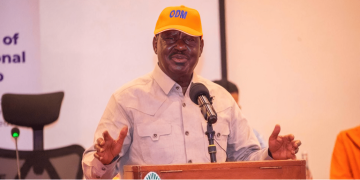




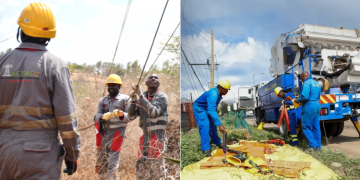
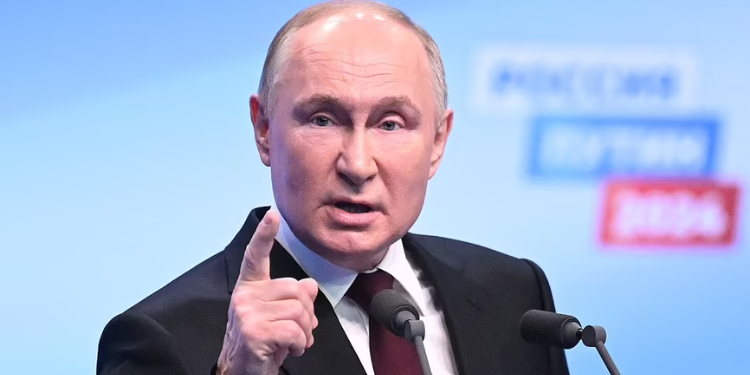
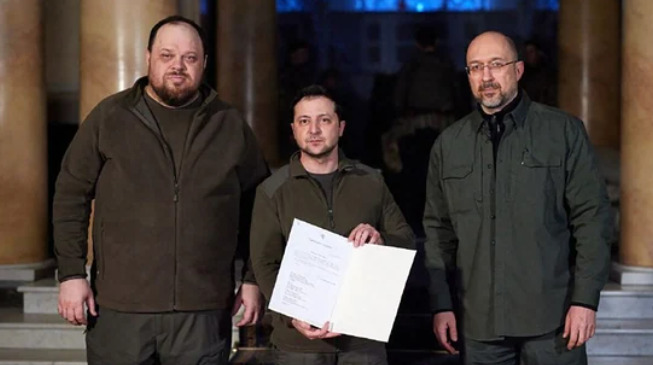
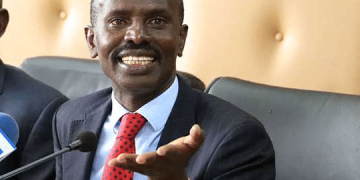
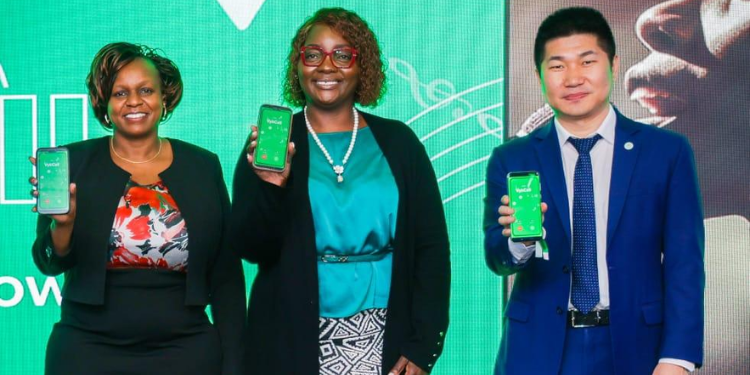
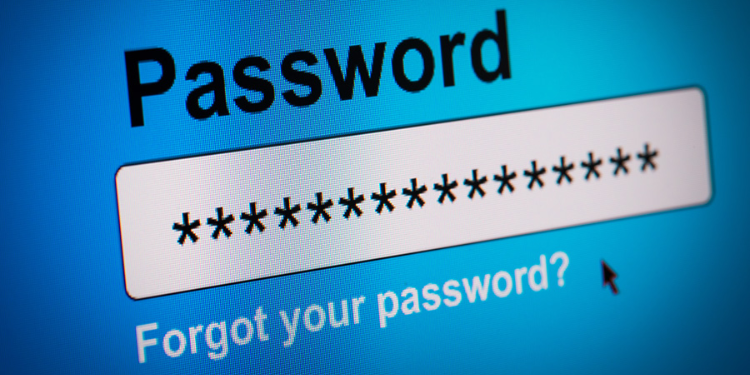

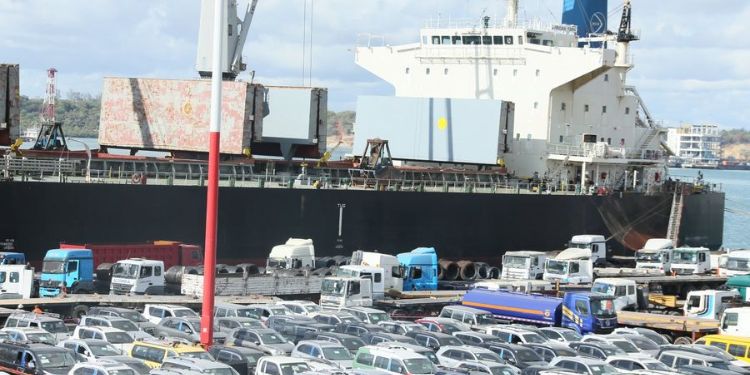


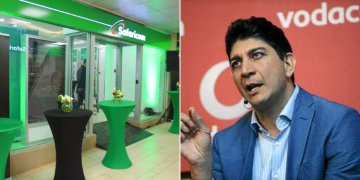
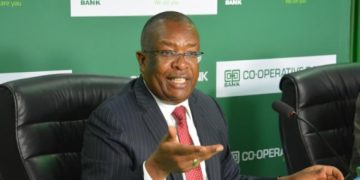
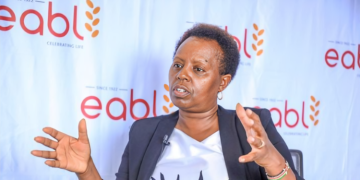
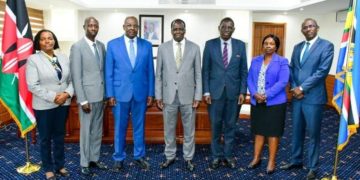
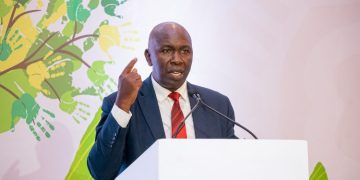


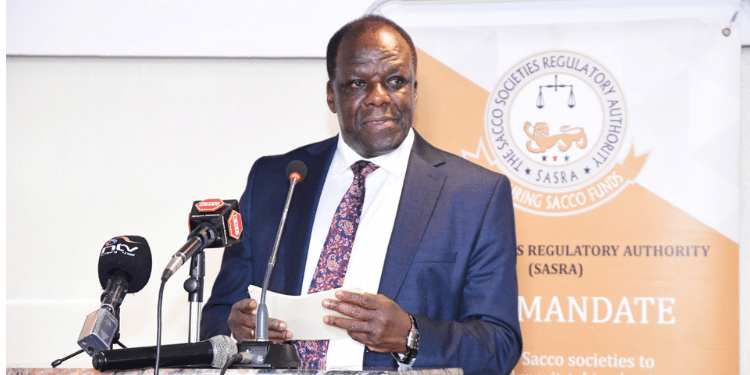
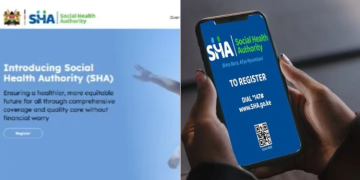
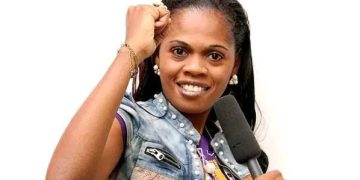

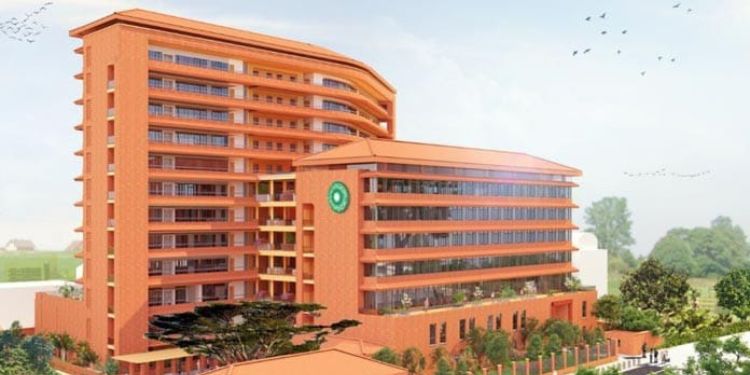
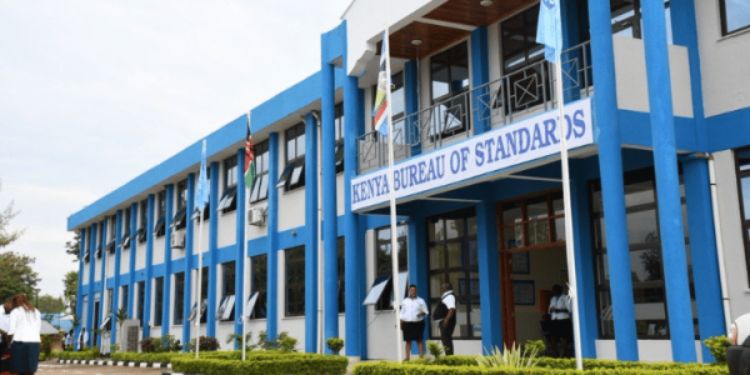
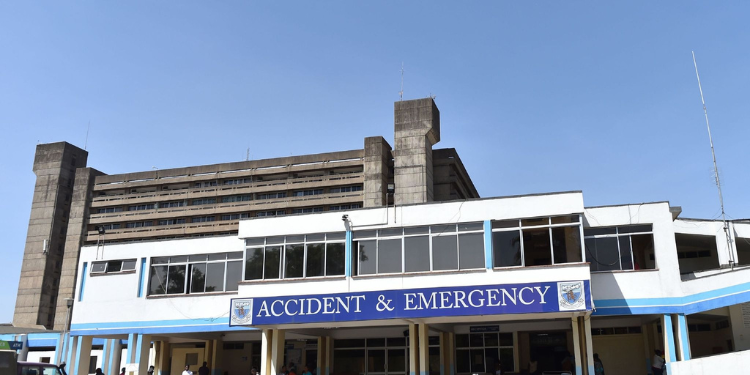
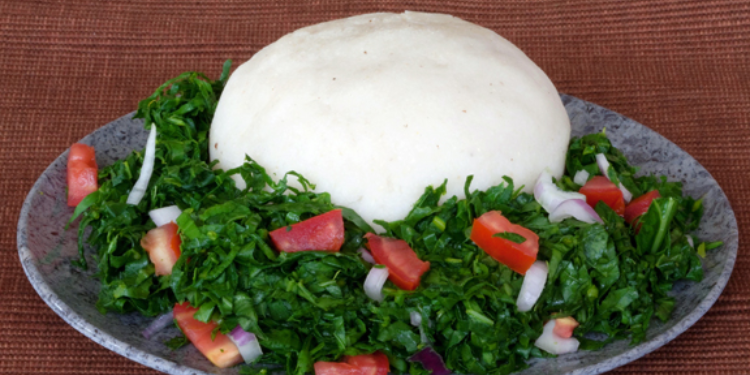
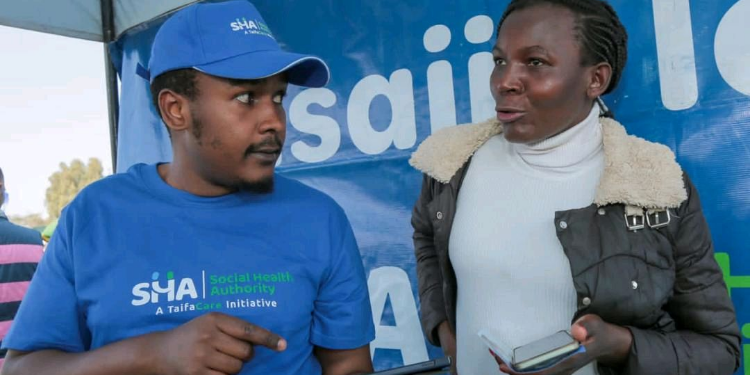
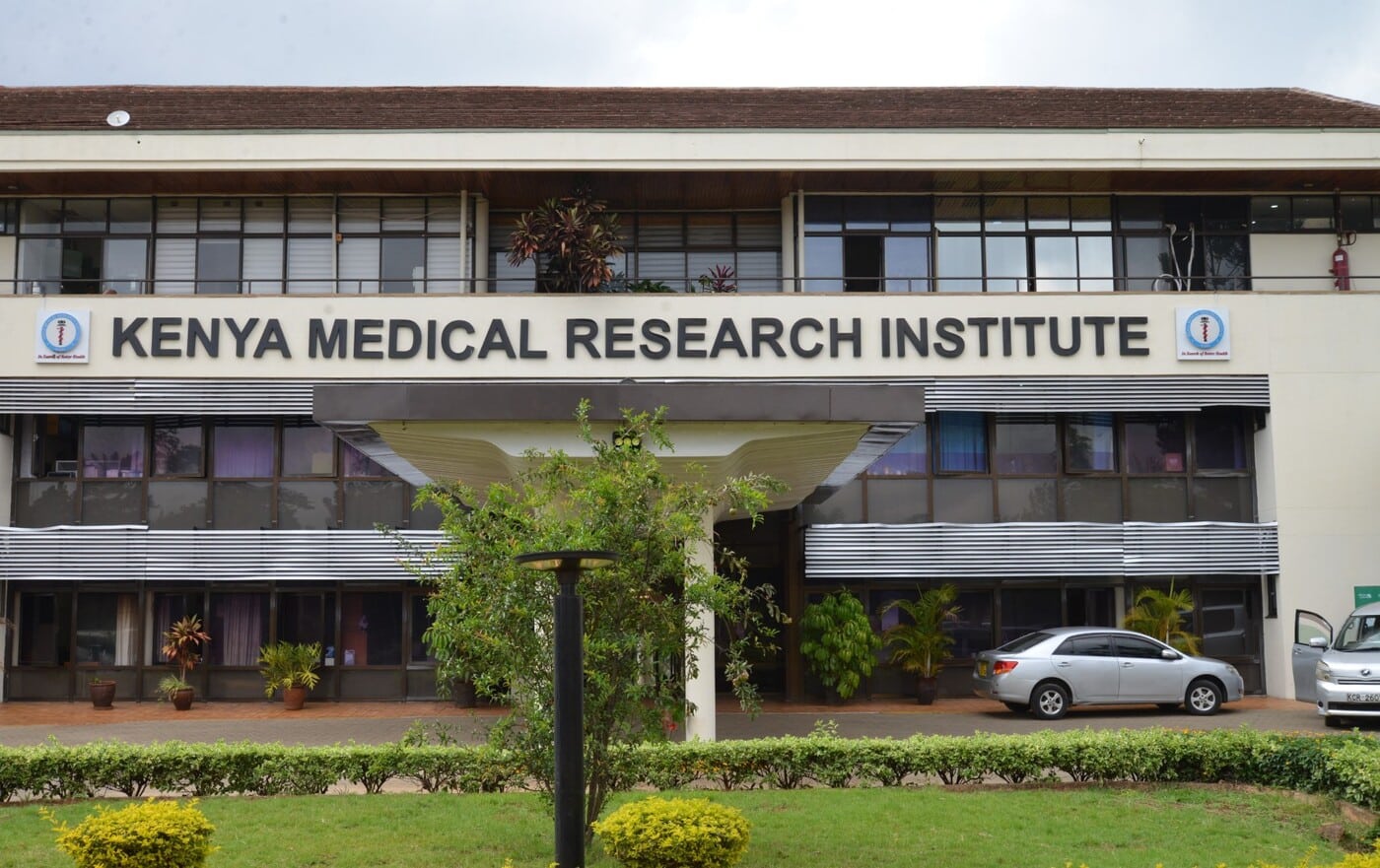


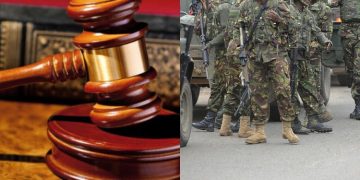


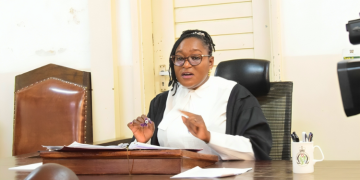
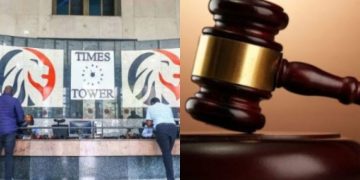
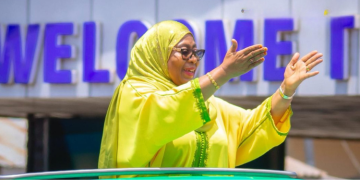



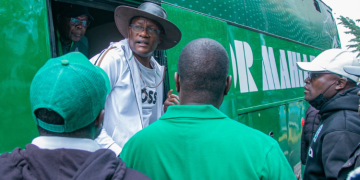
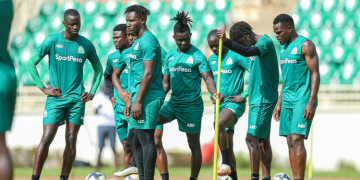


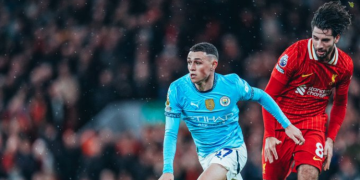
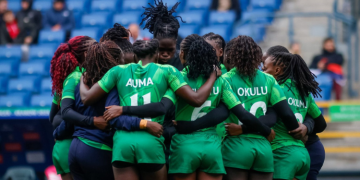

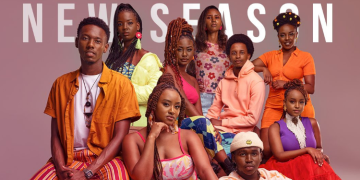



![Senator Allan Chesang And Chanelle Kittony Wed In A Colourful Ceremony [Photos] Trans Nzoia Senator Allan Chesang With Channelle Kittony/Oscar Sudi]( https://thekenyatimescdn-ese7d3e7ghdnbfa9.z01.azurefd.net/prodimages/uploads/2025/11/Trans-Nzoia-Senator-Allan-Chesang-with-Channelle-KittonyOscar-Sudi-360x180.png)
